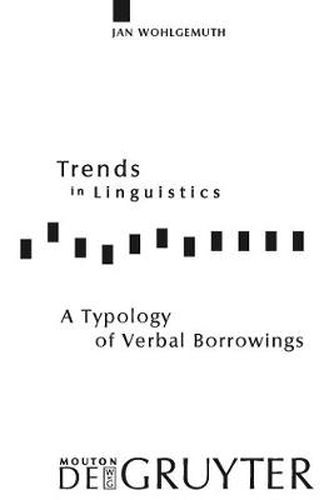Readings Newsletter
Become a Readings Member to make your shopping experience even easier.
Sign in or sign up for free!
You’re not far away from qualifying for FREE standard shipping within Australia
You’ve qualified for FREE standard shipping within Australia
The cart is loading…






The questions as to why most languages appear to have more trouble borrowing verbs than nouns, and as to the possible mechanisms and paths by which verbs can be borrowed or the obstacles for verb borrowing, have been a topic of interest since the late 19th century. However, no truly substantial typological research had been undertaken in this field before the present study.
The present work is the first in-depth cross-linguistic study on loan verbs and the morphological, syntactic and sociolinguistic aspects of loan verb accommodation. It applies current methodologies on database management, quantitative analysis and typological conventions and it is based on a broad global sample of data from over 400 languages and the typological data from the World Atlas of Language Structures (WALS).
One major result of the present study is the falsification, on empirical grounds, of long-standing claims that verbs generally are more difficult to borrow than other parts of speech, or that verbs could never be borrowed as verbs and always needed a re-verbalization in the borrowing language.
$9.00 standard shipping within Australia
FREE standard shipping within Australia for orders over $100.00
Express & International shipping calculated at checkout
The questions as to why most languages appear to have more trouble borrowing verbs than nouns, and as to the possible mechanisms and paths by which verbs can be borrowed or the obstacles for verb borrowing, have been a topic of interest since the late 19th century. However, no truly substantial typological research had been undertaken in this field before the present study.
The present work is the first in-depth cross-linguistic study on loan verbs and the morphological, syntactic and sociolinguistic aspects of loan verb accommodation. It applies current methodologies on database management, quantitative analysis and typological conventions and it is based on a broad global sample of data from over 400 languages and the typological data from the World Atlas of Language Structures (WALS).
One major result of the present study is the falsification, on empirical grounds, of long-standing claims that verbs generally are more difficult to borrow than other parts of speech, or that verbs could never be borrowed as verbs and always needed a re-verbalization in the borrowing language.